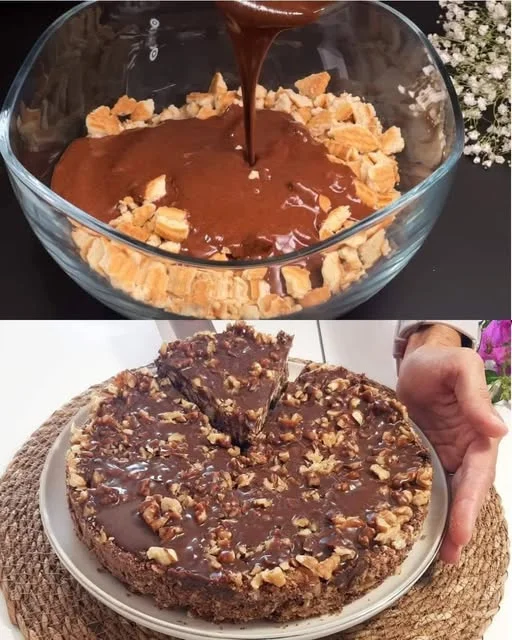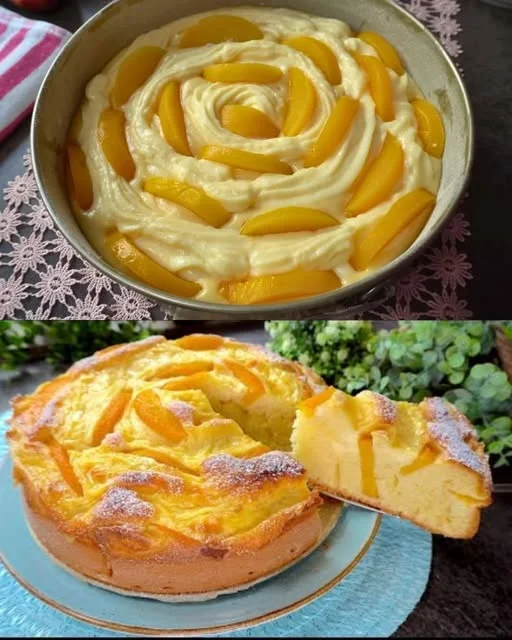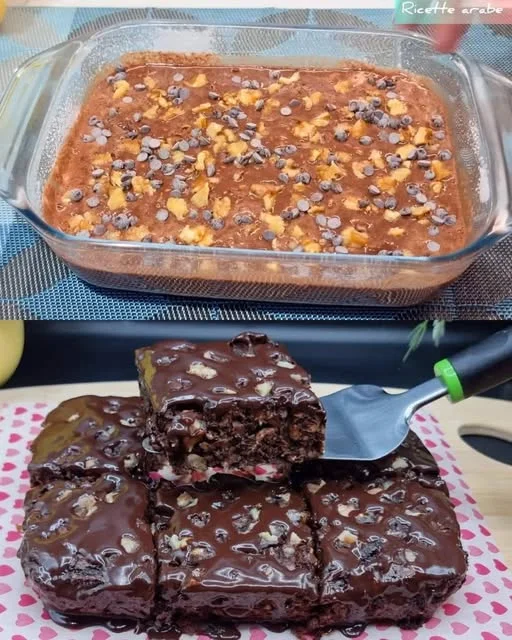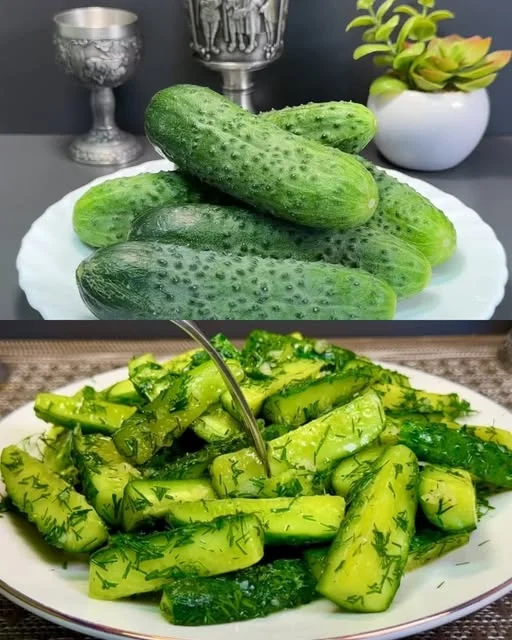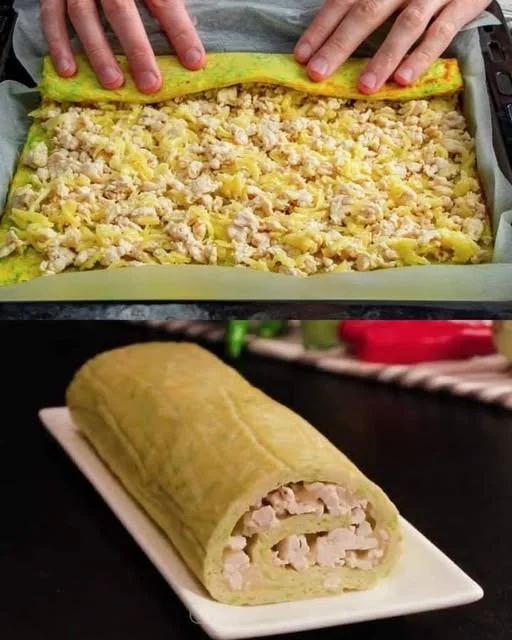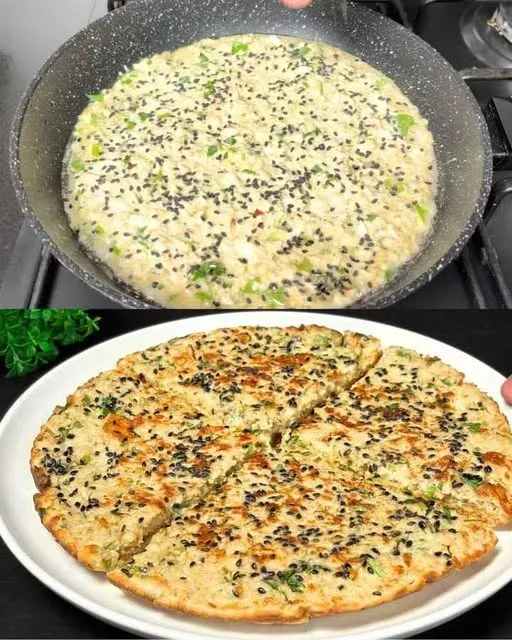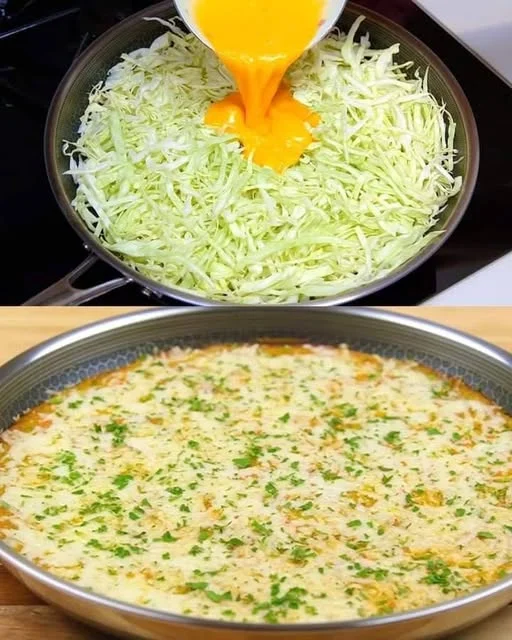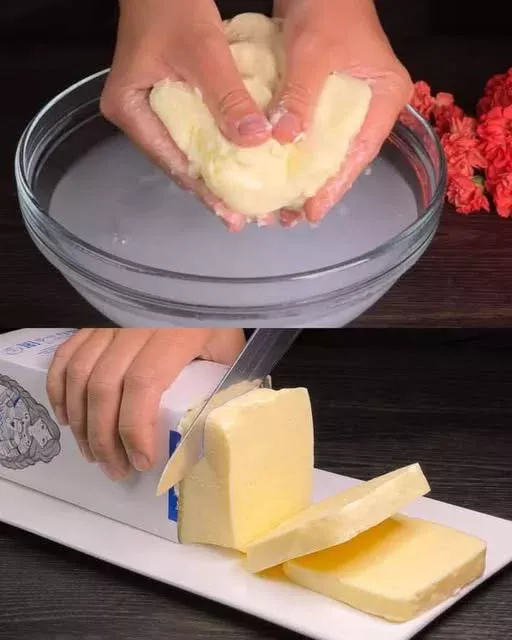There’s something sacred about the scent of fresh bread wafting through a home, a warmth that settles into the walls and hearts alike. For me, breadmaking began not in a fancy kitchen with high-end gadgets, but in my grandmother’s sun-drenched kitchen in the countryside. She didn’t fuss over yeast temperatures or kneading techniques. She believed in simplicity—and time.
I still remember the way she’d mix a dough with just a wooden spoon and an old ceramic bowl, cover it with a damp tea towel, and let it rest quietly by the window as the day went on. There was no rush, no pressure. Just trust. Hours later, we’d pull a golden loaf from the oven—crackly crust, impossibly soft inside, and always devoured within minutes.
This No-Knead Bread recipe is an ode to that kind of comfort. It strips away the intimidation of bread baking and replaces it with patience, ease, and a little bit of magic. You don’t need special tools. You don’t need strong arms. You just need time and a little faith in the alchemy of flour, water, and yeast.
The Miracle of No-Knead Bread
When Jim Lahey introduced his revolutionary no-knead method in the early 2000s, the baking world changed. What once seemed like the domain of skilled bakers became accessible to anyone with a pot, an oven, and the willingness to wait. The technique is as brilliant as it is simple: allow the dough to ferment slowly over time, and let nature do what kneading once did.
The long fermentation process develops gluten naturally and creates the deep, complex flavor typically found only in bakery-quality artisan bread. The result is a crusty, golden loaf with an open crumb—ideal for everything from soup-dipping to sandwich-making.
What sets this bread apart isn’t just the taste, but the transformation it sparks in home kitchens. It gives people the confidence to try something new and the satisfaction of creating something so beautiful with such little effort.
Ingredients
| Ingredient | Amount |
|---|---|
| Warm water | 1 ½ cups (370 ml) |
| Dry yeast | 2 tablespoons (10 g) |
| All-purpose flour | 4 cups (500 g) |
| Salt | 1 teaspoon |
Directions
- Activate the yeast: In a large mixing bowl, pour the warm water. Sprinkle the dry yeast over it and let it sit for about 5–10 minutes until it starts to foam.
- Mix the dough: Add the flour and salt to the yeast mixture. Stir with a wooden spoon or spatula until a shaggy, sticky dough forms. No kneading needed—just combine.
- Let time do the work: Cover the bowl with plastic wrap or a damp towel and let it rise at room temperature for 12 to 18 hours. The dough should double in size and have bubbles on the surface.
- Shape and rest: Lightly flour a work surface and turn out the dough. Fold it over itself a few times and shape it into a round loaf. Let it rest for 30–45 minutes while you preheat the oven.
- Preheat the oven: Place a Dutch oven (or any heavy oven-safe pot with a lid) in the oven and preheat to 450°F (230°C).
- Bake it bold: Carefully remove the hot Dutch oven, place the dough inside (you can use parchment paper for easy lifting), cover, and bake for 30 minutes. Then remove the lid and bake for an additional 10–15 minutes until the crust is deep golden brown.
- Cool and enjoy: Transfer the bread to a wire rack and let it cool for at least 30 minutes before slicing.
Nutrition Facts (Per Slice, based on 12 slices)
| Nutrient | Amount |
|---|---|
| Calories | 150 kcal |
| Carbohydrates | 30 g |
| Protein | 4 g |
| Fat | 0.5 g |
| Fiber | 1 g |
| Sodium | 200 mg |
| Sugar | 0 g |
Why This Bread Works for Everyone
There’s a reason this recipe has been called “life-changing.” It demystifies the process, welcomes beginners, and gives seasoned bakers a shortcut without compromise. Whether you’re baking in a city apartment or a rustic cottage, this method delivers every time.
Here’s what makes No-Knead Bread so universally loved:
- Minimal Ingredients, Maximum Flavor: You only need four pantry staples—flour, water, yeast, and salt.
- No Special Equipment Required: A Dutch oven helps with that crisp crust, but you can also use a heavy lidded pot or even bake it free-form on a sheet with some adjustments.
- Time, Not Effort: The dough ferments over 12–18 hours, so you mix it and forget it until you’re ready to bake.
- Consistent Results: Whether you’re a first-timer or a seasoned bread baker, the structure of this recipe sets you up for success.
- Customizable: From adding herbs and cheeses to swapping flours, it’s incredibly versatile.
Crust Meets Crumb: What to Expect
No-Knead Bread is all about contrast. The exterior develops a deep, burnished crust that crackles when you tear into it. Inside, you’ll find a tender, chewy crumb with beautiful air pockets—light but not overly airy. This texture comes from the slow fermentation, which gives the dough time to develop complexity and elasticity on its own.
The flavor? Earthy, slightly tangy, and subtly sweet. It tastes like time itself—rich, warm, and comforting.
Frequently Asked Questions
1. Can I use whole wheat or other types of flour?
Absolutely! You can substitute up to 50% of the all-purpose flour with whole wheat flour for a nuttier, denser loaf. Just know that whole wheat absorbs more water and can make the dough a bit stiffer. Add a splash more water if needed. You can also experiment with rye, spelt, or bread flour—each brings a different texture and flavor.
2. Do I have to use a Dutch oven?
Not necessarily. The Dutch oven creates steam, which is essential for that crisp crust. However, if you don’t have one, here are alternatives:
- Use a heavy lidded pot, like a cast iron or ceramic pot with a tight-fitting lid.
- Bake the bread on a preheated baking stone or sheet, and place a pan of hot water in the oven to create steam.
- Use a cloche or cover the loaf with a metal bowl for the first part of the bake.
3. Can I speed up the rising time?
While it’s possible to shorten the fermentation with more yeast or warmer temperatures, the magic lies in the wait. That said, if you’re short on time:
- Let the dough rise in a warm (not hot) spot, like an oven with the light on.
- Use a slightly higher amount of yeast (up to 1 tablespoon), which may cut the rise time to 6–8 hours.
But remember—flavor and texture benefit from patience.
4. Can I refrigerate the dough?
Yes! After the initial rise at room temperature, you can refrigerate the dough for up to 3 days. In fact, cold fermentation deepens the flavor. When you’re ready to bake, shape the dough, let it rest at room temperature for 45–60 minutes, then bake as usual.
5. Why is my dough so sticky? Is that normal?
Yes, very normal. No-knead dough is much wetter than traditional dough. It should be shaggy and sticky—don’t be tempted to add too much flour. Lightly flour your hands and surface when shaping, and trust the process. That stickiness helps create the open crumb you want.
6. Can I double the recipe?
Definitely. You can double or even triple the ingredients, just be sure your mixing bowl is large enough to accommodate the rise. If using a Dutch oven, divide the dough into separate loaves for even baking.
7. Is it freezer-friendly?
Yes. Let the baked loaf cool completely, then wrap it tightly in plastic wrap and freeze in a freezer-safe bag. When you’re ready to enjoy, thaw at room temperature or warm it in the oven to restore the crust.
Tips for a Beautiful Bake
- Preheat thoroughly: Ensure your oven and Dutch oven are fully preheated before baking. A hot start gives the dough that lovely oven spring.
- Score the top (optional): A quick slash with a sharp knife or razor blade allows controlled expansion and a pretty finish.
- Add-ins welcome: Chopped olives, sun-dried tomatoes, rosemary, garlic, shredded cheese, seeds—the dough is a blank canvas.
- Don’t slice too soon: Wait at least 30 minutes before slicing into your loaf. This resting time allows the crumb to set and prevents gummy texture.
Beyond the Loaf: Creative Serving Ideas
- Rustic Breakfast: Toasted slices topped with avocado, eggs, or jam.
- Soup Companion: A wedge of warm bread dipped into tomato basil or butternut squash soup is pure comfort.
- Cheese Board Star: Pair with sharp cheeses, fruits, and honey for an elegant appetizer.
- Gourmet Sandwiches: Think grilled cheese with caramelized onions or turkey with cranberry and arugula.
- Croutons or Bread Crumbs: Day-old slices can be transformed into golden croutons or breadcrumbs for salads and casseroles.
Conclusion: A Loaf Worth Waiting For
No-Knead Bread isn’t just a recipe—it’s an invitation. An invitation to slow down, to trust simple ingredients, and to find joy in something so elemental yet so deeply satisfying. In a world that often rushes toward convenience, this loaf reminds us that patience can be deliciously rewarding.
It’s bread that tastes like home. It’s crust and crumb telling a story of time well spent. And it’s a reminder that sometimes, doing less can yield something truly extraordinary.
So go ahead—mix that dough, cover it up, and walk away. The bread will rise, and when it does, it’ll rise to meet you with warmth, flavor, and a crackly golden promise that good things are worth waiting for.
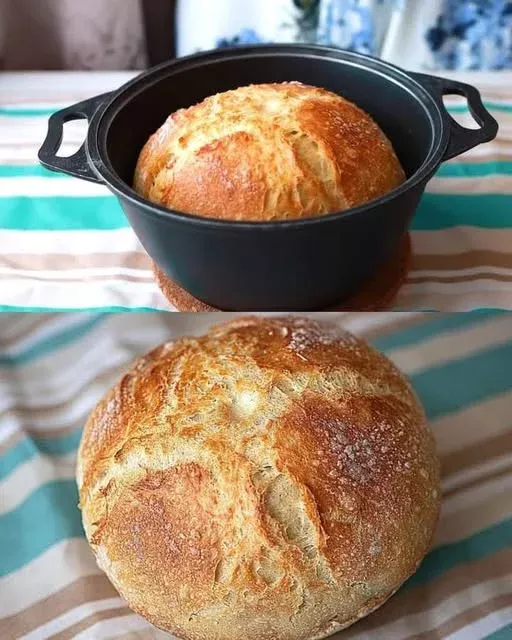
Lazy Loaf, Artisan Soul: A Love Letter to No-Knead Bread
Ingredients
Method
- In a large mixing bowl, combine warm water and yeast. Let it sit for 5–10 minutes until foamy.
- Add flour and salt. Stir with a spoon until a shaggy, sticky dough forms.
- Cover the bowl with plastic wrap or a clean towel. Let the dough rise at room temperature for 12–18 hours, until doubled in size and bubbly.
- Turn dough out onto a floured surface. Fold it over itself a few times and shape into a round loaf. Let it rest for 30–45 minutes.
- While the dough rests, place a Dutch oven (or heavy pot with lid) in the oven and preheat to 450°F (230°C).
- Carefully place the dough into the hot Dutch oven. Cover and bake for 30 minutes.
- Remove the lid and bake for another 10–15 minutes until the crust is deep golden brown.
- Remove the bread and cool on a wire rack for at least 30 minutes before slicing.
Notes
- Flour Type: You can use bread flour for a slightly chewier texture.
- Add-Ins: Try mixing in rosemary, garlic, olives, or seeds for variation.
- No Dutch Oven? Use any oven-safe pot with a tight-fitting lid or create a steam bath with a tray of hot water on the bottom rack.
- Don’t rush the rise: A long fermentation gives the best flavor and texture—overnight is ideal.

